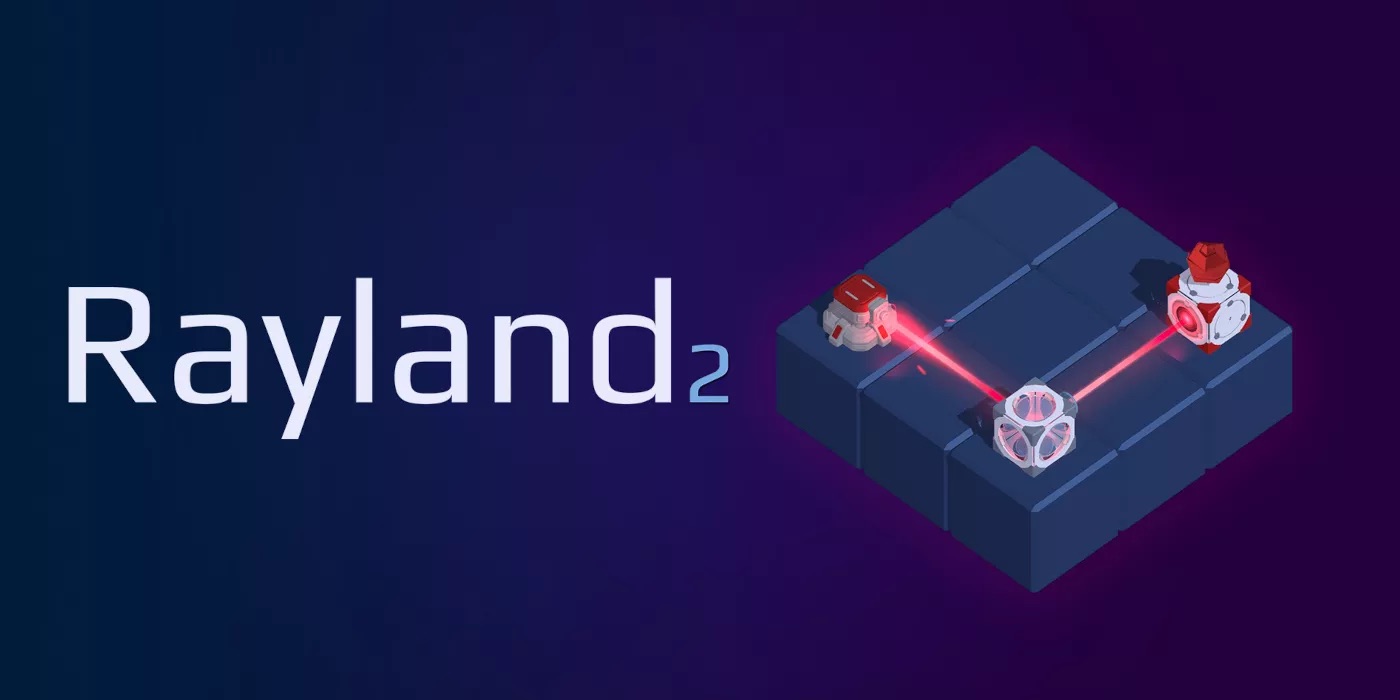To paraphrase Ross from Friends, when I finish work I want to kick back with a puzzle – beer, cold beer. Below my cool and witty exterior, I’m entering my 80-year old era where I curl up on my chair with a fresh cup of tea and test my noodle with the latest brain teasers. Although I do love the lifestyle, I’m not quite an Octogenarian yet, so rather than thumb through the Sunday Times or whatever the older generations do their crosswords on, I prefer a controller and a big TV. Games like Tetris, Lines and Picross have been a staple in my game library for a while, so when Rayland 2 from Naoka Games was floated across our desks, I donned my favourite slippers, made the perfect brew and sat in my favourite chair to give the latest puzzle game a run through.
At A Glance
| RAYLAND 2 | |
| Positives | + Brain teasingly devious + Puzzlingly good looks + Great difficulty curve |
| Negatives | – Over too quickly – Barebones presentation – Not enough puzzles |
| Overall | 6/10 |
| Played On | PS5 |
| Also Available On | PC, PS4, Nintendo Switch, Xbox Series X|S, Xbox One |
Following on from the inaugural 2021 game, Rayland 2 from Naoka Games and EastAsiaSoft is set in the world of the same name. You play as a floating, invisible engineer of sorts, where you reflect laser beams around an isometric arena in order to give power to the wider Rayland island. Over the course of fifty levels, you’ll line up boxes to guide coloured light to their intended targets, a task that gets progressively more difficult as time ticks on. As you’d expect with a game of this type, the story isn’t the reason why we are here, so I wasn’t too lost having not played the first game in the series.
I did enjoy the attempt at the world building Naoka Games have tried to put into Rayland 2, but it feels like this was more of a way to fill out the word count on the PlayStation Store page. There is no mention of any story whatsoever when booting up the game and there is certainly no opening cinematic to speak of. As soon as the “New Game” option was selected, it was time to start my journey across the world.
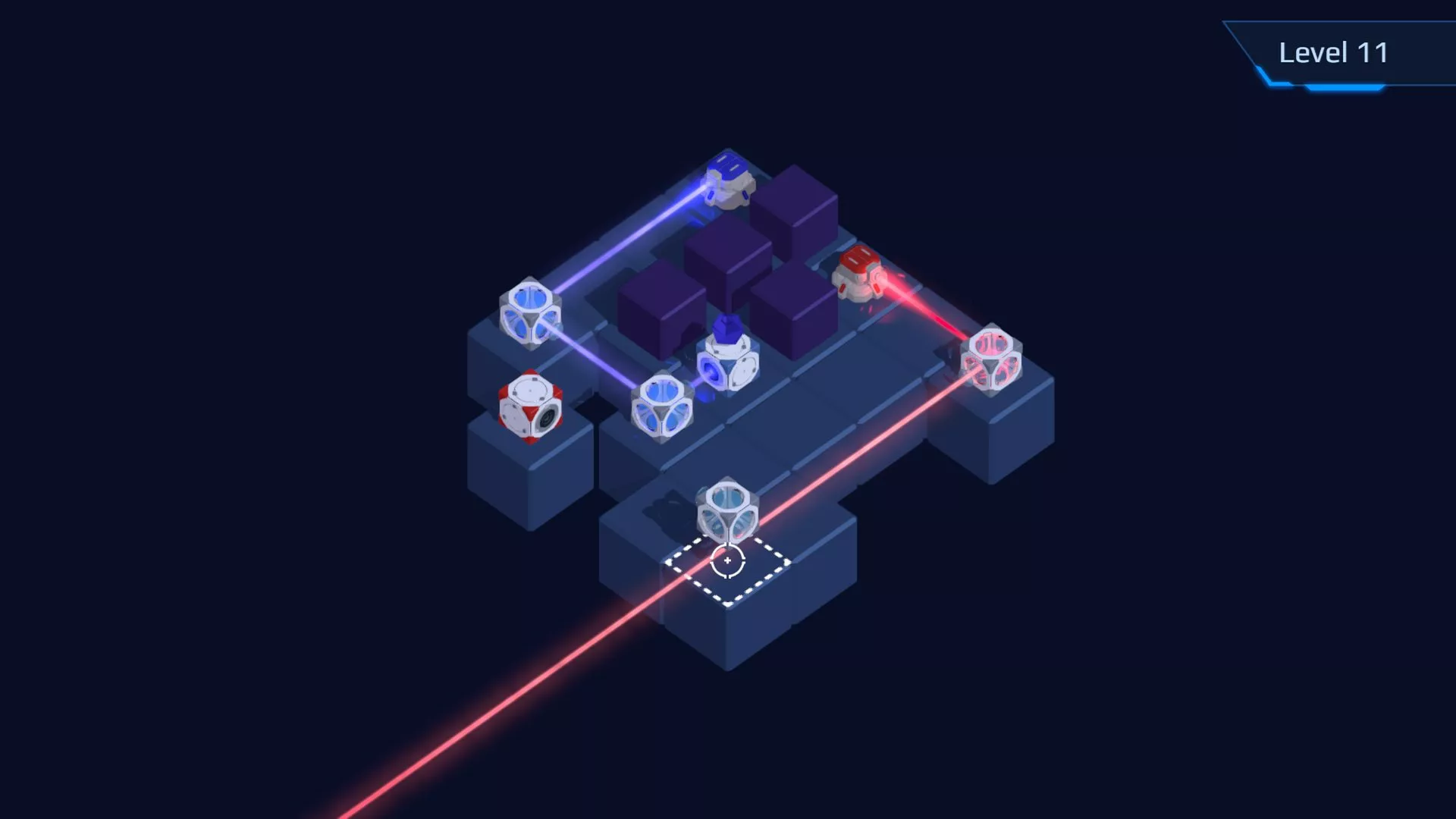
Rayland 2 likes to keep things simple and to the point; the first level introduced me to the game’s key mechanic, placing blocks in the path of a red light to direct the laser to the intended target. After a few more levels, Rayland 2 builds on this by introducing different coloured lasers, each with their own goal to target. It’s not exactly groundbreaking stuff, but the tutelage of new mechanics was well paced, although it did mean the first half of the game was relatively straightforward. That being said, just as I was ready to write off the game as a cheap trophy hunting game, the difficulty shifted up a gear.
The introduction of several lasers and minimal resources meant that the latter half of the game was a real chin-scratcher, as I tried to make everything work in tandem. Rather than being frustrating to the point of launching my DualSense at the wall, each puzzle in Rayland 2 had a logical approach that required a few minutes of thought to clear a stage. Having to work things out and being able to take my time, thanks to the lack of any time limits, left me feeling satisfied when I worked out how to progress.
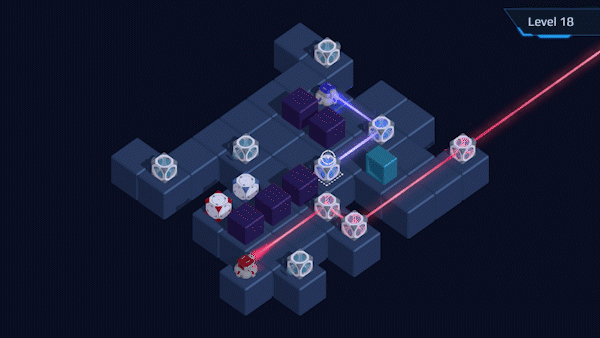
Fifty levels making up Rayland 2 may seem like a lot but for a puzzle game, it’s simply not enough for anyone to get their teeth into. A £3.99 price tag might seem reasonable but the game was cleared at a casual pace in just over an hour. Considering there are other options for a similar price that offer a lot more content, this is a disappointing pill to swallow, despite both PS5 and the identical PS4 version being included in the price. As is the lack of, well, everything. Once the game is cleared, that’s it. There’s no other options to speak of: no timed mode or even a leaderboard, so there’s very little reason to replay the levels in Rayland 2.
It’s not only the lack of features that goes against Rayland 2, the graphics, while just fine and serve a purpose, don’t really set the world on fire. The environments are sterile and the only colours that pop are the tiny lasers. Equally, the soundtrack was just repetitive enough that it slipped into obscurity rather than being annoying or distracting. I was left thinking that all of the effort was focussed into the puzzles while the bare minimum was applied everywhere else. Little touches like having a second button to rotate the blocks counter-clockwise, or a quick reset button instead of having to open up the menu and click restart would have added that extra polish to a game that was rather fun while it briefly lasted.
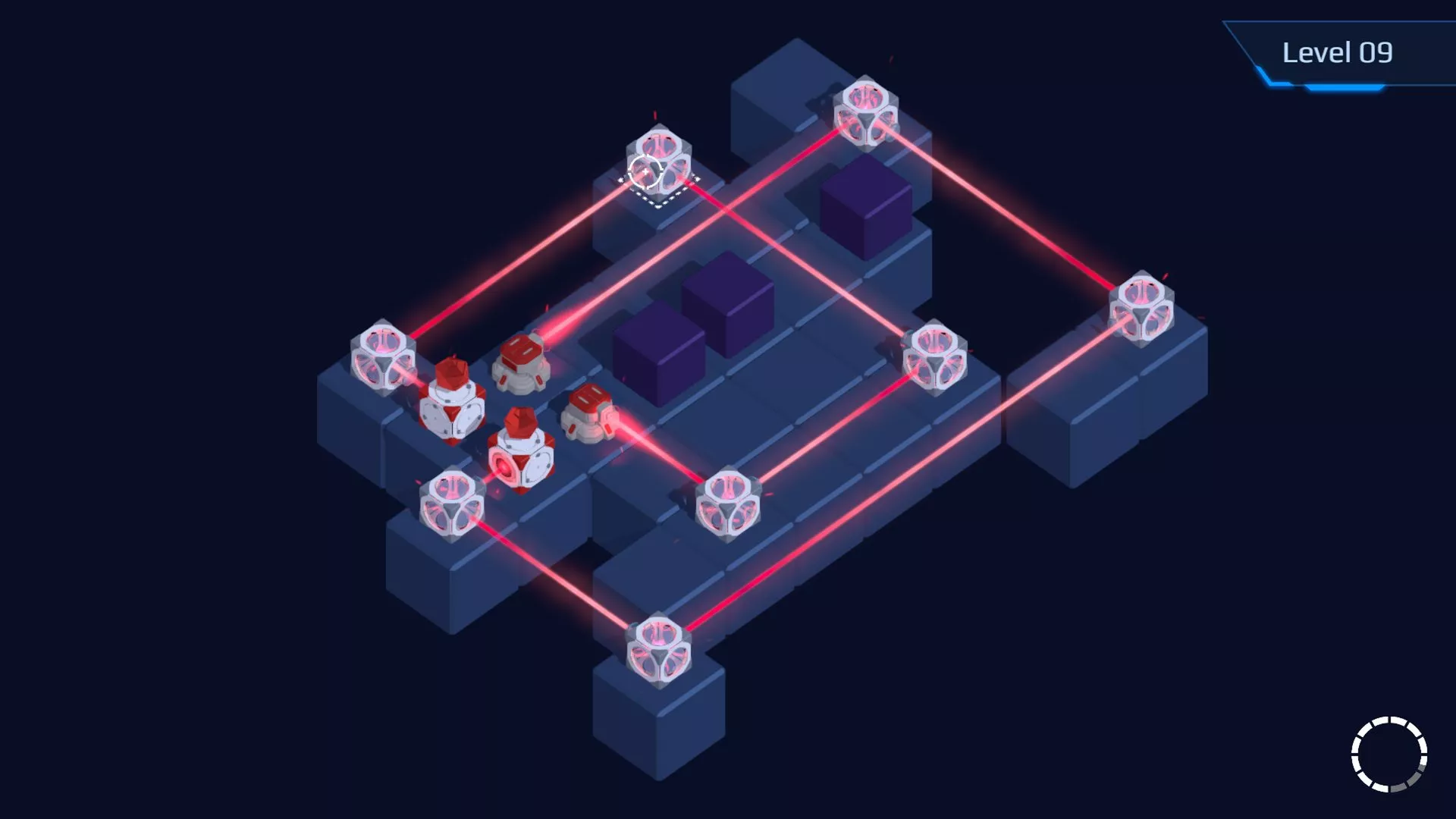
I can’t stress how satisfying Rayland 2 was while I was playing it, especially in the later levels, when multiple lasers of different colours were introduced and the difficulty became challenging. The trouble is that the game leaves you wanting more and not in a great way. The minimalist features are a little too bare bones, and the number of puzzles is simply not enough as the game can be beaten quickly. When compared to games like Lines or Picross, which offer 10x the content for a similar price point, Rayland 2 gives the sense of being too expensive, even with its low price point. That being said, while it lasts, Rayland 2 has a simple concept that excels at testing the abilities of all players, and those looking for a tough-but-not-taxing puzzle game will definitely find it here.


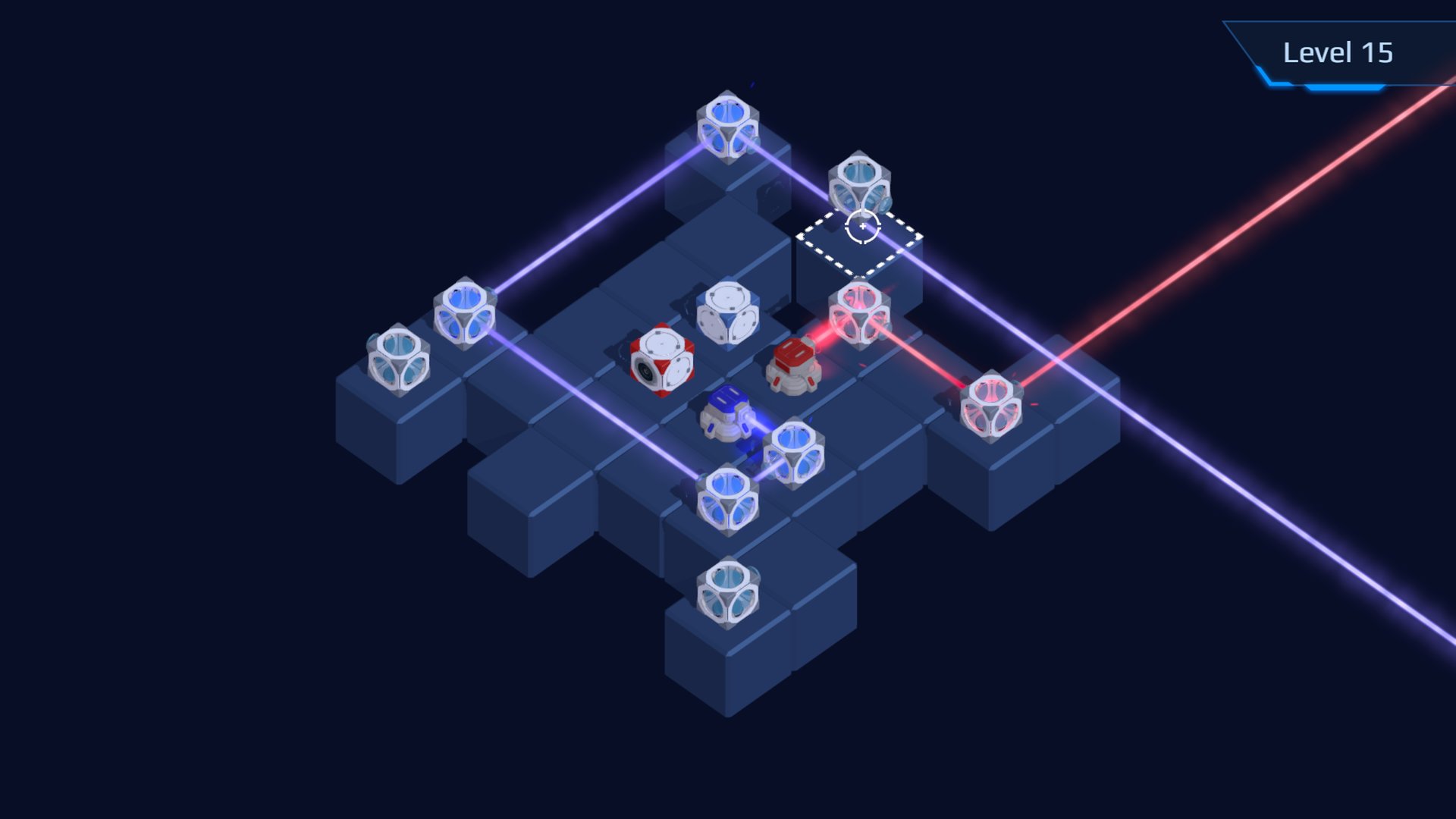
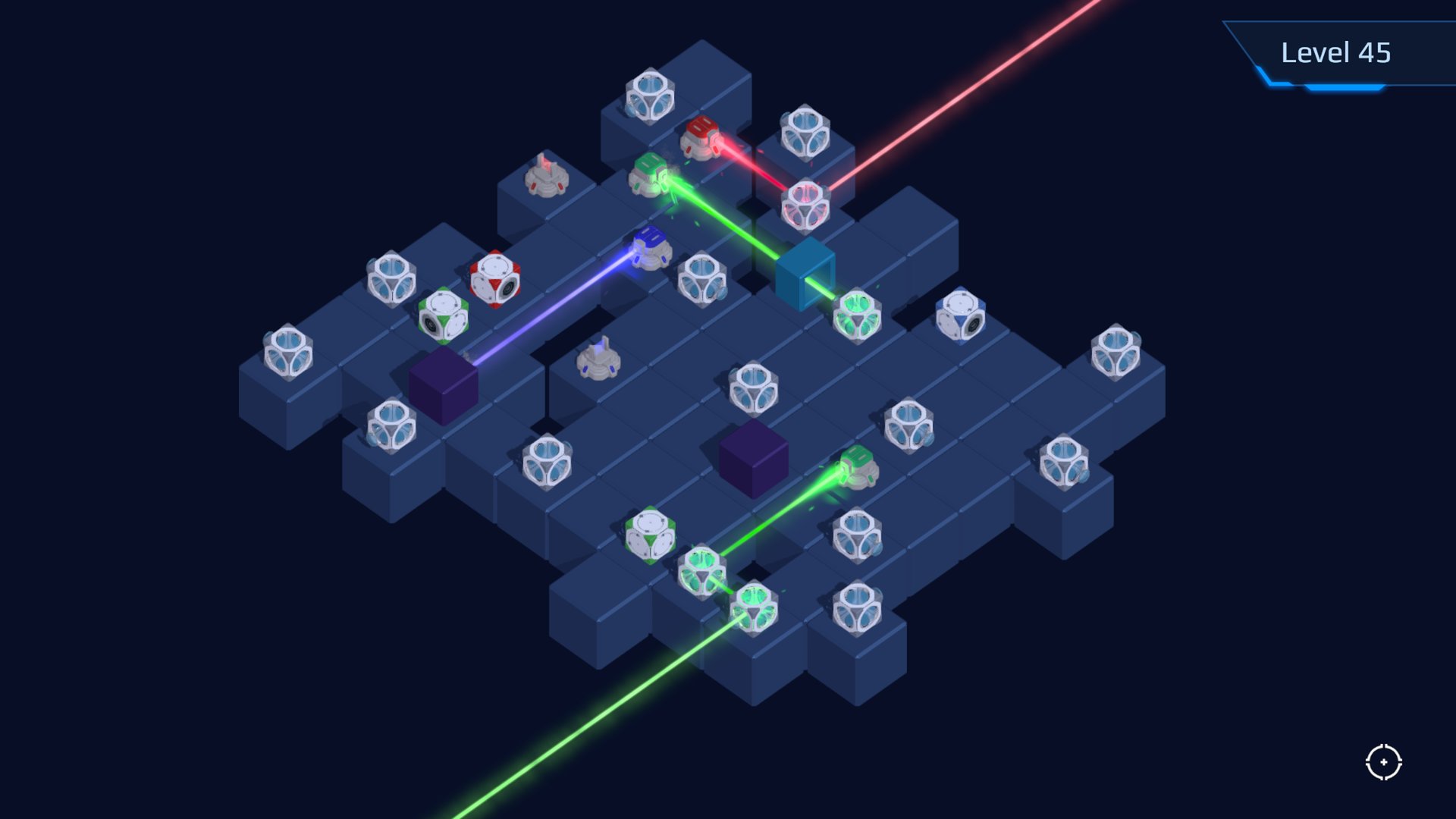
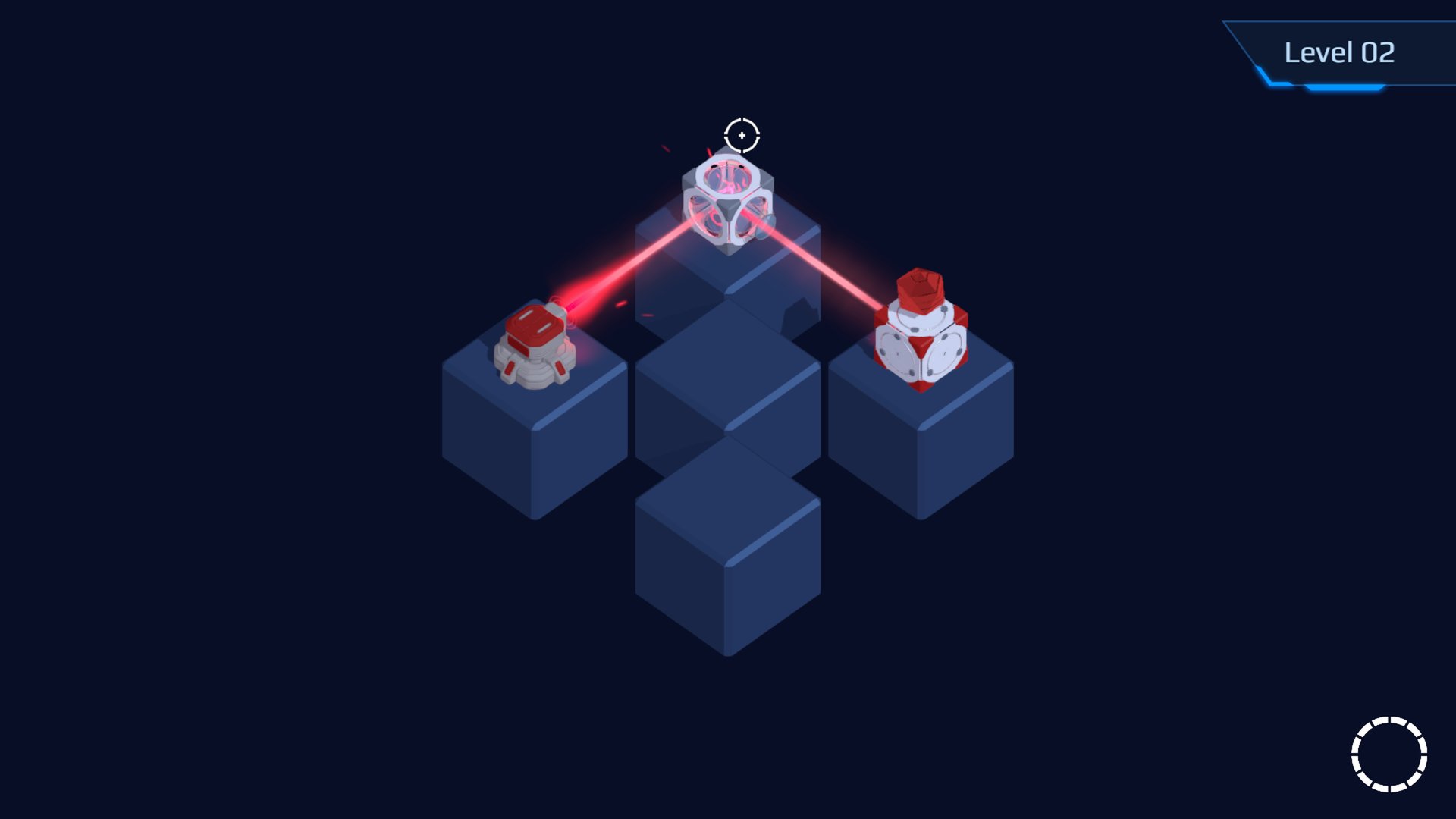
In the interest of full disclosure, VGamingNews was provided with a copy of the game in order to conduct this review.

